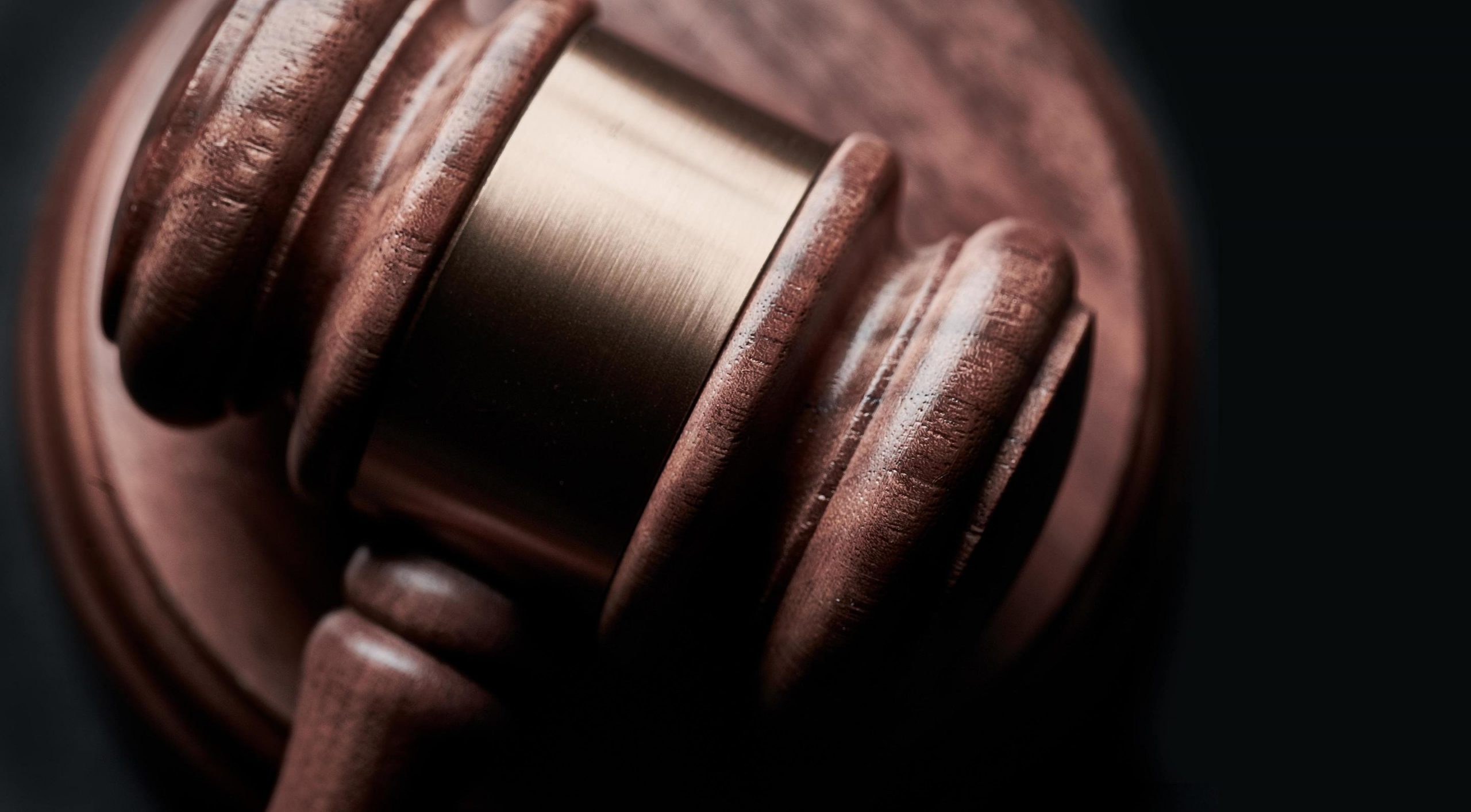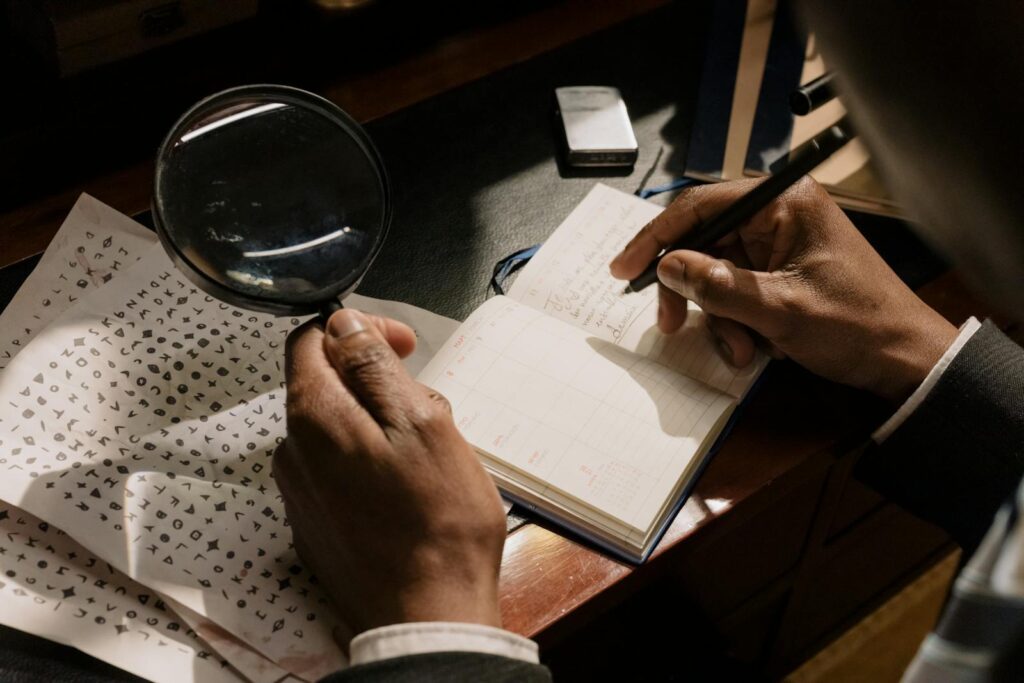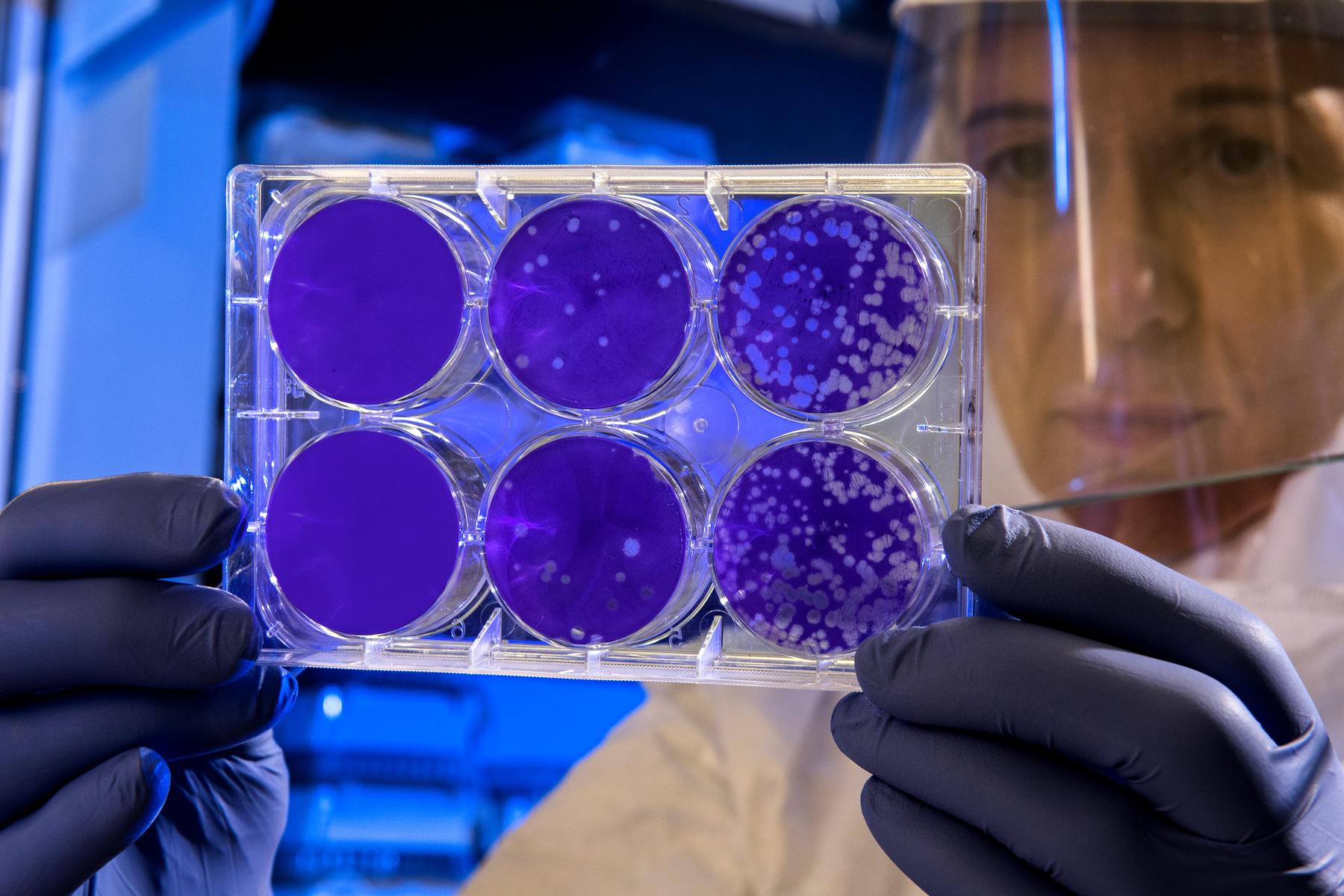Now Reading: How Statistical Thinking Should Shape the Courtroom
-
01
How Statistical Thinking Should Shape the Courtroom

How Statistical Thinking Should Shape the Courtroom
Statistics is the vast interdisciplinary field that has been in use to answer all the scientific and research areas, which is focused on evolving and studying methods for accumulating, examining, elucidating, and presenting empirical data. Queries raised in the various scientific fields motivate the statisticians to develop new statistical methods, theories, and a variety of mathematical and computational tools. Statistical tools are more reliable because of its tools used in decision making in the case of uncertain decisions, making the sources of variation and bias in an understood manner, thus, statistical thinking is the key in this zone.
The use of statistical approaches in the courtroom is a dominant way to prove the scientific findings in the court of law. The correct application of statistics only shapes the courtroom; but if it used incorrectly or the wrong interpretation of the report brings about to false convictions only, to the accused who is actually innocent and face the jail time or penalized for the crimes that are not committed by him/her. In some cases, the incorrect findings have been presented to the court; and due to lack of knowledge in that particular field, the court can lead to misapplying of the principles and findings, thus resulting in the formation of a biased opinion. Therefore, sometimes incorrect explanations pose a challenge for the court.
In the field of forensic sciences community, statistics have emerged as a key discipline to seek the challenges. Forensic science is the application of principles and techniques of all the natural sciences in the court of law for the criminal justice system. By keeping all the frames in mind, it becomes more critical to think that the outcomes of the analysis are more and more based on scientifically and statistically proven methods only. The emerging challenges in the field of forensics are actively supported by the statistical approaches as well. Study design, data collection, data analysis, statistical inferences, report inferences are all the relevant standard components of statistical analysis.
On a crime scene, an investigator may find a number of evidence and clues to reconstruct the whole crime scene accordingly and identify the criminal. The examination and the interpretation of the found evidence have a crucial role for a forensic expert but most importantly it is the key factor for the forensic examiner as they have to summarize their findings in the report and to keep the results in a neutral position without getting biased towards a particular accused.
In the past few years, it has been observed that due to a lack of resources and knowledge, questions have always been raised against the analysis and interpretation of the forensic evidence. And it has also been observed that in many cases the criminals have walked out free just because of insufficient evidence and inappropriate interpretation of data; thus, results in faulty verdicts. Therefore, there is a need for stronger scientific foundations in forensics to last the belief of people in the justice system.
In this article, let’s know how statistical analysis helps in decision making in conflict time and helps in the courtroom to reach on a verdict easily with getting into any conundrums.
1. Blood pattern – The analysis of blood spatter requires a high statistical approach. The formation of blood drops of different sizes, its initial diameter, velocity and acceleration of the blood drops can be best explained by Rayleigh Taylor instability (is all based on the experimental study and statistical approaches). All the data is predicted and compared with the experimental information, which is already available.
2. DNA analysis – When a blood sample is found at any crime scene, the first question that arises is whether it is blood or not, if it is blood then the origin of blood, its blood group, and most important is the DNA analysis is reliable for it or not. The query would be whether the DNA is of the accused or not? The probability of this DNA match occurring by chance is very small, so the conclusion is, it is used as evidence against the accused as it likely didn’t occur by chance. When the court works with such evidence, they consider the acceptable range of errors and the risk factors. But still, if the risk and error can be quantified precisely, then the outcome is, the court’s judgment is statically proven and well-founded.
3. Firearm and tool mark – In the firearm identification striation and impressions left on cartridge cases and bullets are matched using a comparison microscope; these impressions are unique, also known as ballistic fingerprints. There is always a possibility that if the firearms were manufactured consecutively in the same factory, and when their bullets and cartridge cases matched then there is the possibility that it might have similar impressions. Thus, these similar markings can create confusion and can lead to serious consequences for the accused because of the false positive match. In that case, the role of a statistical approach for ballistic comparison becomes more important similar to DNA evidence testing. In such cases, the goal is to provide an estimated probability of the error so that judges can decide the guilty or innocent based on the statistical approach, which is more scientifically proven.
4. Document examination – The application of statistics in the field of document or handwriting examination enhances the acceptability of the report in the courtroom. The characteristics of handwriting examination compared to questioned documents from the collection of writing samples from the known authors will give the direction in support of the forensic document examination.
Conclusion
In this article, a few examples are presented to show how the statistical analysis used in the court and the advancement and proper study with minimum error can help to reshape the structure of the courtroom. All forms of evidence have some degree of uncertainty. Still, if the amount of uncertainty can be quantified using the statistical approach, then it will increase the confidence level of forensic experts in support of his or her report. Thus, there is the need for the advancement of the use of probabilistic methods which will enhance forensic analysis.
REFERENCES
1. https://www.stat.uci.edu/what-is-statistics/
2. Statistical thinking. (2018, July 22). Retrieved June 18, 2020, from https://www.fharrell.com/post/introduction/
3. The Conversation academic rigor, journalistic flair. (2017, April 25). Retrieved June 18, 2020, from https://theconversation.com/how-statistical-thinking-should-shape-the-courtroom-74966
4. Significance magazine- Statistics in court: Incorrect probabilities. (2019, April 9). Retrieved June 19, 2020, from https://www.significancemagazine.com/science/622- statistics-in-court-incorrect-probabilities
5. Stern, Hal. (2017). Statistical Issues in Forensic Science. Annual Review of Statistics and Its Application. 4. 10.1146/annurev-statistics-041715-033554.
6. Cook, Andrew & Youngs, David. (2009). Rayleigh-Taylor instability and mixing. Scholarpedia.
4. 6092. 10.4249/scholarpedia.6092.
7. Matisoff, Martin. (2012). Mathematical & Statistical Analysis of Bloodstain Pattern Evidence. The Forensic Examiner.
8. Curran, James. (2009). Statistics in forensic science. Wiley Interdisciplinary Reviews: Computational Statistics. 1. 141 – 156. 10.1002/wics.33.
9. Song, J., Vorburger, T. V., Chu, W., Yen, J., Soons, J. A., Ott, D. B., & Zhang, N. F. (2018). Estimating error rates for firearm evidence identifications in forensic science. Forensic science international, 284, 15–32. https://doi.org/10.1016/j.forsciint.2017.12.013
10. Ellen, D., Day, S., Davies, C. (2018). Scientific Examination of Documents. Boca Raton: CRC Press, https://doi.org/10.4324/9780429491917
Author
Garima Sagar
Intern at the Department of Forensic Science & Criminal Investigation (June 2020), Legal Desire Media & Insights
She is pursuing a Masters in Forensic Science from LNJN National Institute of Criminology and Forensic Science, MHA. She graduated in B.Sc. Life Sciences from Ramjas college and has completed a one-year diploma in forensic science from SGTB Khalsa College. She has undergone training in various departments of CFSL, FSL, and C-DAC. She has also qualified UGC-NET (June 2019) for Life Sciences.










